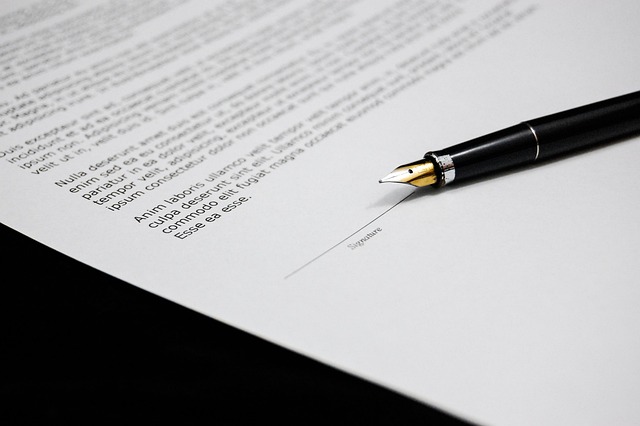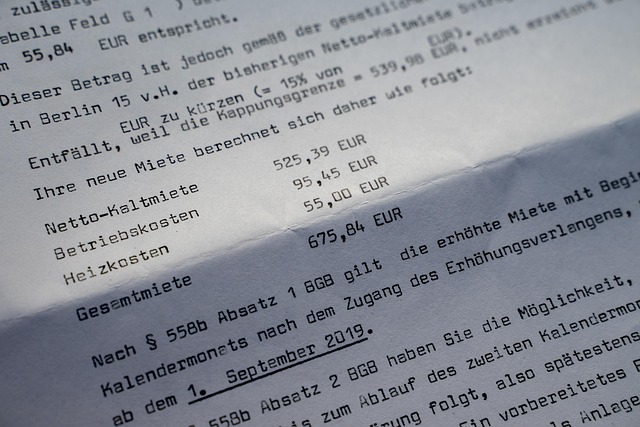Lease clauses are crucial for students renting accommodation, offering legal protection and defining rights and responsibilities. Key clauses cover tenancy period, rent amount, payment due date, maintenance, repairs, subletting rules, damage coverage, eviction processes, and communication expectations. Understanding these clauses is essential to protect interests, prevent disputes, and ensure informed decisions about financial obligations and boundaries with landlords.
Moving into a new place is exciting for students, but understanding lease agreements is crucial to avoid pitfalls. This guide equips student renters with essential knowledge, breaking down complex lease terms and rights. From basic agreement components to common clause considerations, you’ll learn how to protect your interests. Discover the key aspects of lease clauses tailored for students, ensuring a seamless transition into your new home.
- Understanding Lease Agreements: Basic Terms Explained
- Rights and Responsibilities: What Students Need to Know
- Common Clause Considerations: Protecting Your Interests
Understanding Lease Agreements: Basic Terms Explained

Lease agreements are a crucial part of the student renting experience, providing legal protection and clear terms for both tenants and landlords. Understanding the basics of lease clauses is essential for students to ensure they know their rights and responsibilities. Key terms like ‘tenancy period’, ‘rent amount’, and ‘payment due date’ are fundamental. These specify when and how much rent must be paid, setting a clear financial framework.
Additionally, leases often include provisions on maintenance and repairs, allowing students to know who is responsible for addressing issues within the property. Other important clauses cover subletting rules, which govern if and how tenants can transfer their lease to someone else. Understanding these lease clauses empowers students to make informed decisions and navigate their rental agreement effectively.
Rights and Responsibilities: What Students Need to Know

Students moving into a new place for the first time need to understand their rights and responsibilities outlined in their lease agreement. This is crucial knowledge that often goes overlooked, leaving many students vulnerable to unexpected issues. Familiarizing oneself with lease clauses is essential as it provides clear boundaries between what the landlord is obligated to provide and maintain, and what falls under the tenant’s responsibility.
Key points include understanding the duration of the lease term, rent payment terms, security deposit policies, and any restrictions on pets or subletting. Students should also be aware of their rights regarding maintenance and repairs, especially in cases where issues arise after reasonable use. Knowing how to communicate effectively with landlords and managing expectations can prevent many common rental problems for students.
Common Clause Considerations: Protecting Your Interests

When navigating the world of leasing as a student, understanding common lease clauses is crucial for protecting your interests. Many leases include specific provisions related to damage, maintenance, and subletting. It’s important to read these carefully. For instance, some landlords may require you to cover routine maintenance or repairs, while others might have restrictions on making modifications to the property.
Be especially vigilant with clauses concerning liability for damage, eviction procedures, and how long you can stay in the property. Landlords often include provisions that protect them from unexpected expenses. Ensure these terms align with your expectations and financial capabilities. Knowing your rights and obligations beforehand can help avoid disputes later on.






